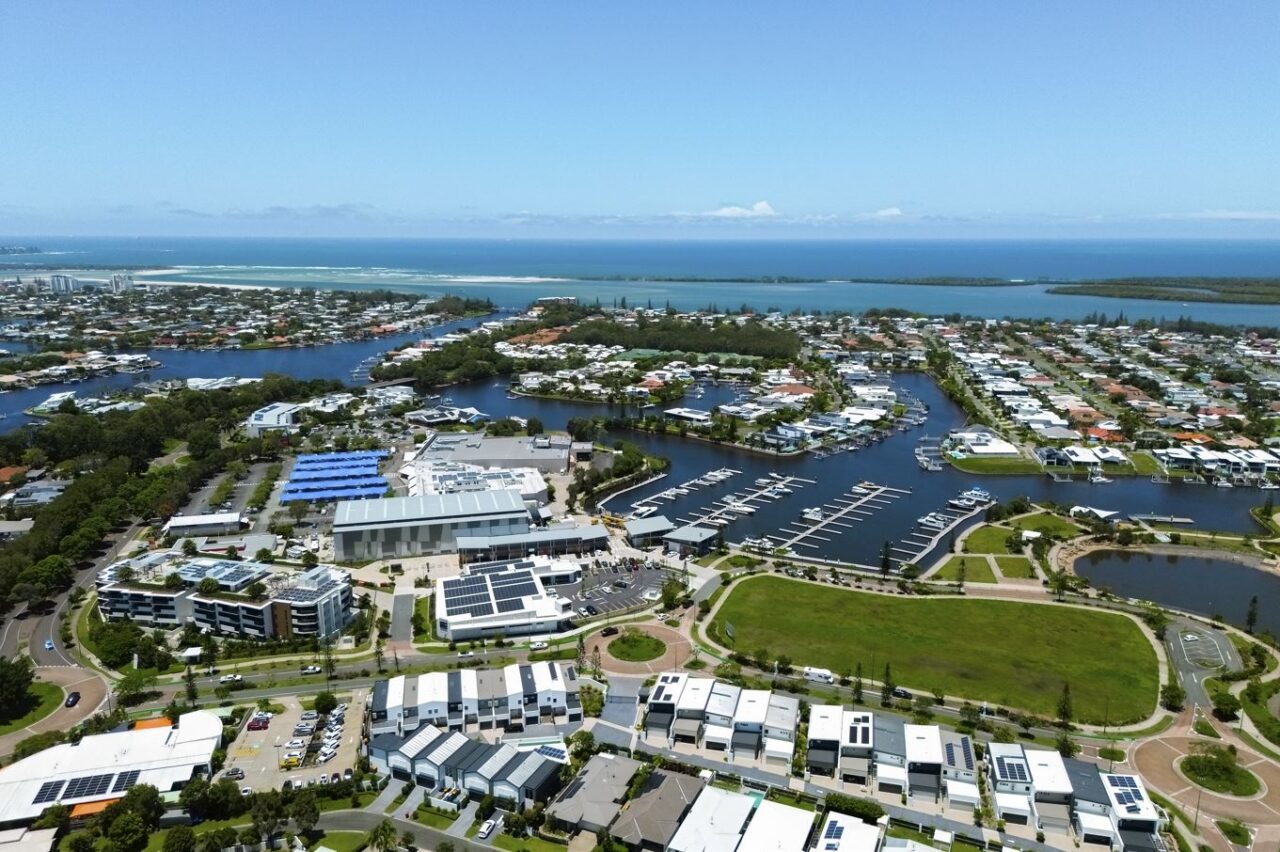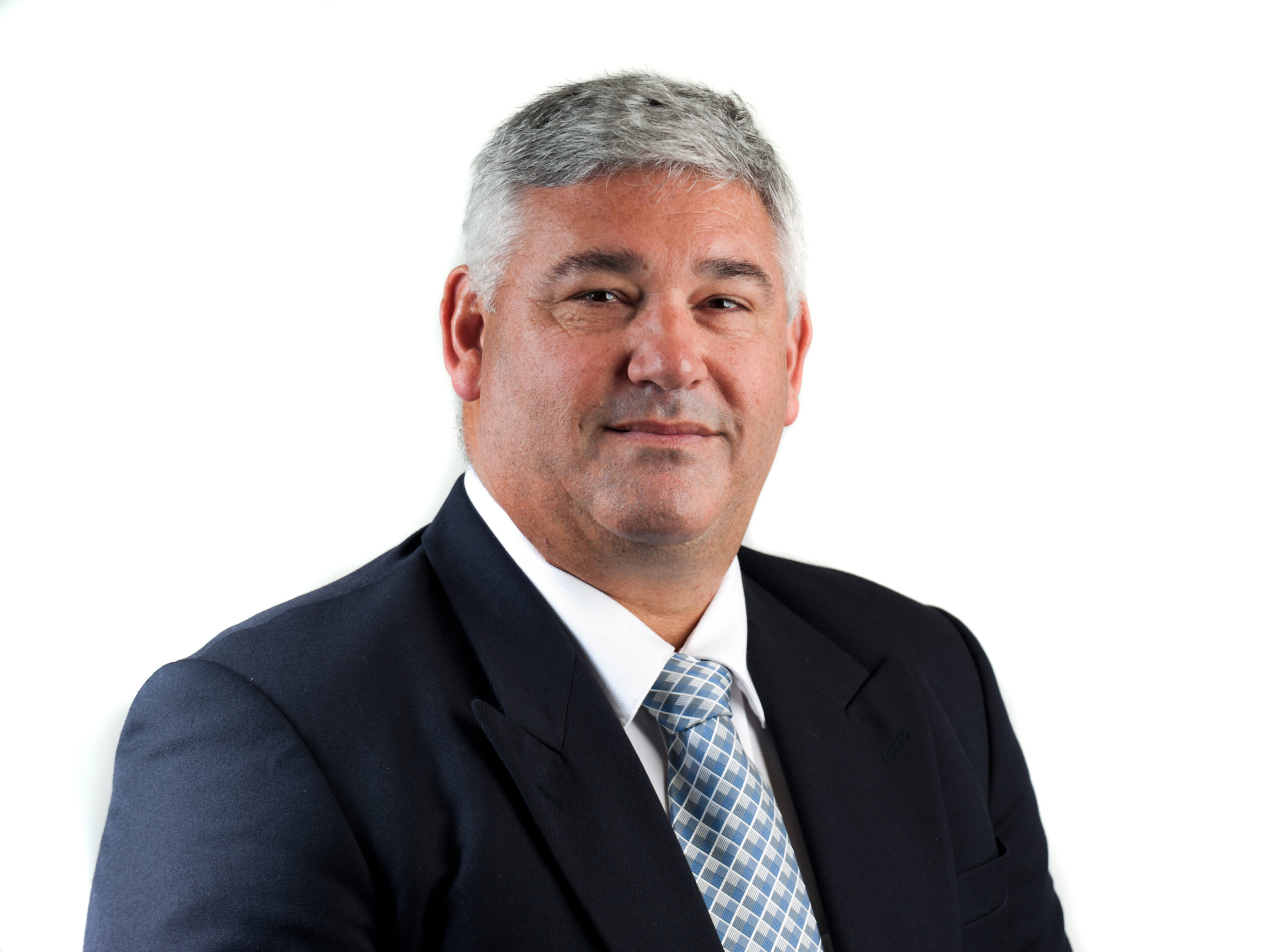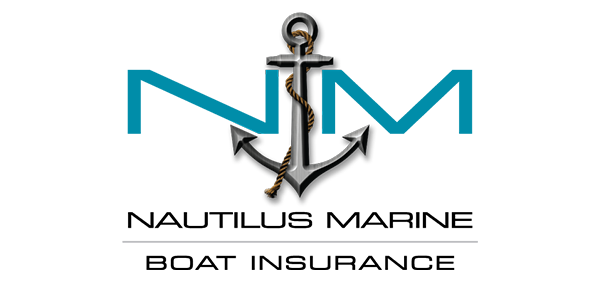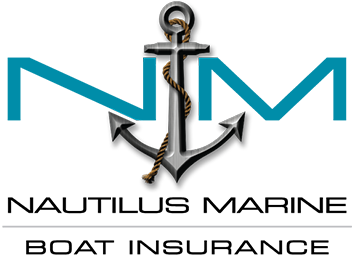
Head of Commercial Glen Schembri and Marine Surveyor Neale Cawse share some insights about how insurance providers and marina managers can work together during major incidents in the latest issue of the Marina Industries Association’s Waterline magazine.
How insurance providers and marina managers work together during major incidents, and how preparation can make all the difference.
When a major incident impacts a marina, it’s not just individual vessels at risk. People’s livelihoods, reputations, the property, and the natural environment can, and do, suffer. Structured insurance coverage and emergency management plans play a vital role in helping recovery, but the speed and success of that recovery often depends on how well-prepared the marina is before the event. and how clear the agreements and communication between all stakeholders are.
IMMEDIATE RESPONSE
Immediately after a major incident, NM Insurance’s teams step in quickly but their role is important all year round. Insurance providers work withbrokers and clients year-round to understand risks, ensure adequate coverage, and to guide risk reduction strategies.
“A clear understanding by all parties as to what the best industry practices are, and how to achieve this in mitigating risk is a priority” says Glen Schembri, Head of Commercial, NM Insurance. “Marina managers and their staff are also best placed to have an appreciation of their actual location, and how geographically specific risks will have more of an impact.”

Glen Schembri

Neale Cawse
During an emergency, NM Insurance will work with the marina and their insurance broker on:
Prompt response of assessors and loss adjusters. Specialised response plans that include pre-identified adjusters and salvage experts who can be on site quickly.
Emergency works. Insurance policies may include cover for salvage costs and environmental impact containment, in some cases before liability is even determined.
Coordinating with marine surveyors and environmental authorities. NM Insurance often acts as a bridge between environmental authorities and vessel owners, ensuring compliance while moving quickly to mitigate damage.
WHAT MARINA MANAGERS NEED TO DO
Neale Cawse, Marine Surveyor and Marine Adjuster at McLarens has been a marine surveyor and loss adjuster for over 20 years. “Marina staff should have already identified areas of the marina that would be more prone to damage – such as pontoon fingers exposed to harbour entrances or close to rock walls or have larger vessels berthed alongside. Inspection of this infrastructure and ensuring it isnot only compliant. but in well maintained condition is essential. Also having good visual evidence of the affected area, before and after the incident. can be very helpful” he says.
“NM Insurance are there to work in harmony with their clients” says Schembri. “We encourage them to be proactive and communicate withtheir brokers to understand their key exposures, and to discuss what precautionarymeasures may be available to help them mitigate any risk.”
Insurance is in place to support claims, but it is the marina teams’ actions before, during and after a major incident that will propel a positive outcome.
Before
Berthing agreements. A clear, updated berthing agreement is required with all vessel owners. Clearly stating what is expected at all times, including in an emergency, the agreement should be discussed and understood by both parties.
Emergency plans. Marinas need to have well documented plans and procedures for the full range of potential events. These plans need to identify and include procedures for emergency ‘pinch points’ such as the example of which vessels may need to be moved, to where and how.
Training. Training, training, training. Regular training of all staff. Practical lessons and updates on a regular basis. The MIA’s Emergency Preparedness and Weather Preparedness courses are supported by Nautilus Marine Insurance and we would recommend these for all staff as a minimum. The MIA has many courses and other resources that can help marina staff prepare for emergencies.
During
Emergency response plan. Your emergency response plan needs to be in place and ready to activate at all times. Responsibilities of staff members. With alternate actions and communication points.
Incident log. Appreciating the constraints when dealing with an incident, decisions and actions need to be logged. Photographic evidence can also be crucial.
Emergency services. An up-to-date contact list of all emergency services. Responsibility for initial contact, then ongoing liaison.
After
Review. Be critical. Review your procedures. Update where needed. Renew all emergency response equipment.
Assist. Work with those affected. Supply any documentation to your vessel owners that may help them with their individual insurance claims. Individual vessel insurance policies can be varied. “Best practice would be to actually sight or have a copy of up-to-date insurance policies for all your berth holders that have an adequate level of liability and marina indemnity cover in place,” says Schembri.
Practical tips from Neale Cawse
1. Know the vulnerable areas in your marina – exposed pontoon fingers. large vessels with more exposure. areas or vessels that will be more affected by prevailing winds, fuel wharfs with environmental impact issues, vessels in dry storage or on cradles.
2. Technology can fail during a major event. Have hard copy back-ups of emergency plans, contact lists, and incident logs.
3. Communicate effectively and early. Major incidents such as cyclones can be anticipated early. Implement your response plan and communicate with all stakeholders early. This includes your insurance company or insurance provider.
4. Conduct a formal risk survey of the marina structure(s) and operations on aperiodic basis, at least every 4 – 5 years.
Final word from Glen Schembri
“Insurance coverage for marinas in Australia and New Zealandis a specialised area. There has been a distinct increase of awareness for bestindustry practice. and I would encourage marina managers to continue to beproactive in enhancing their procedures and communication with their insurersand insurance brokers to work together in mitigating risk for all stakeholders.”
Disclaimer: Content is information only, it is not financial advice and does not take into account your objectives, financial situation or needs.
Read the latest issue of the Marina Industries Association’s Waterline magazine here. To find out more information about the MIA visit marinas.net.au










